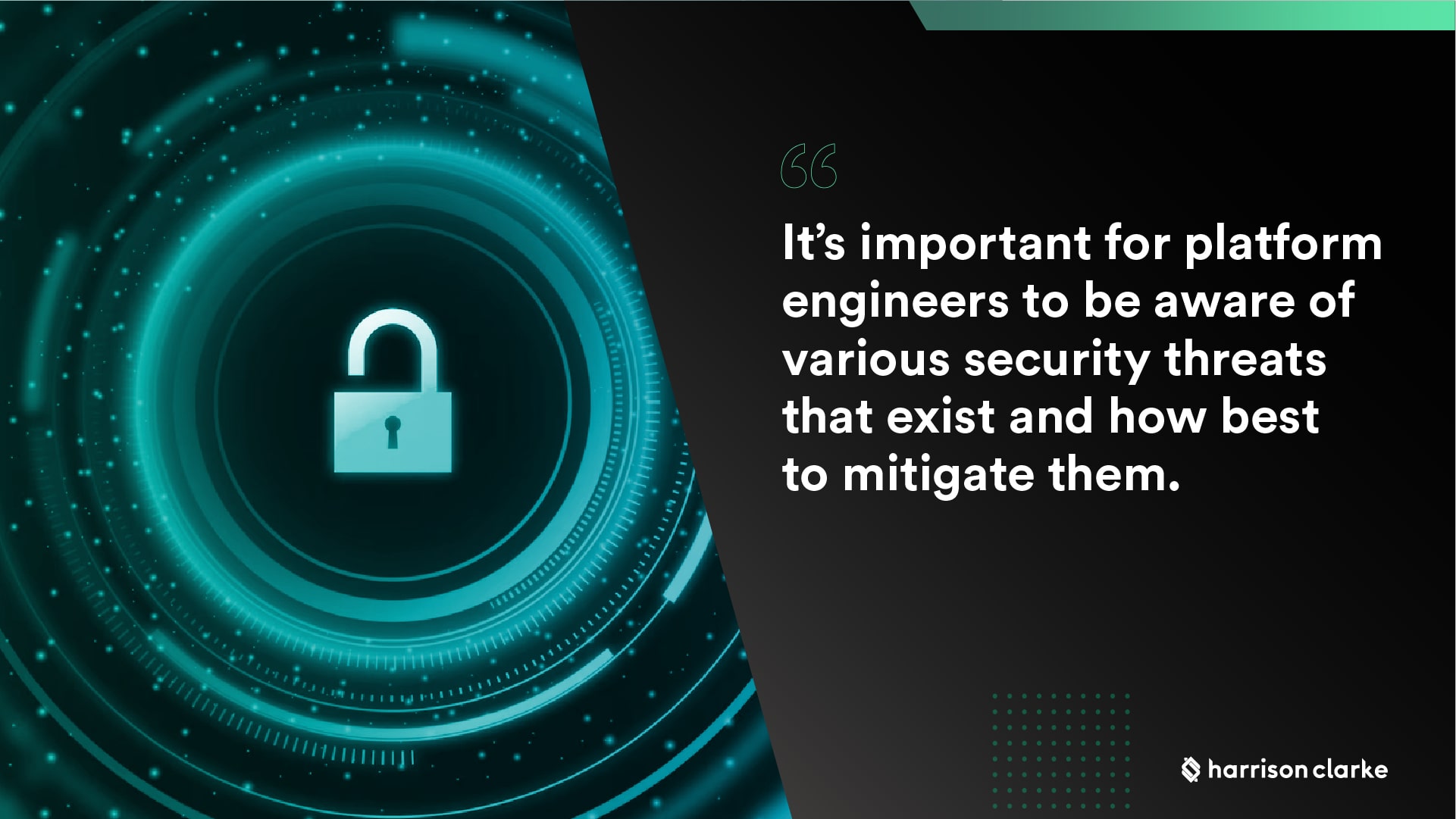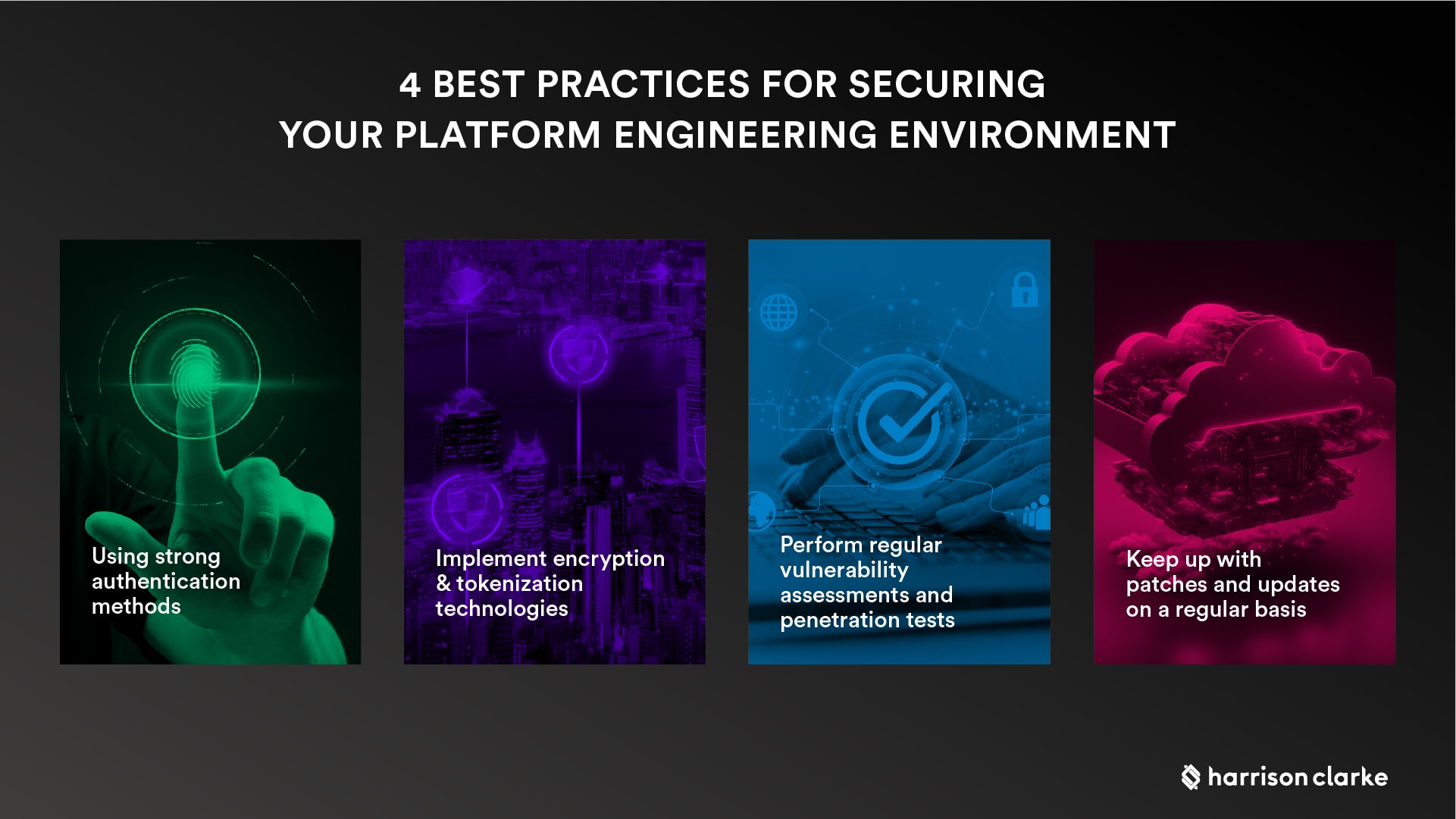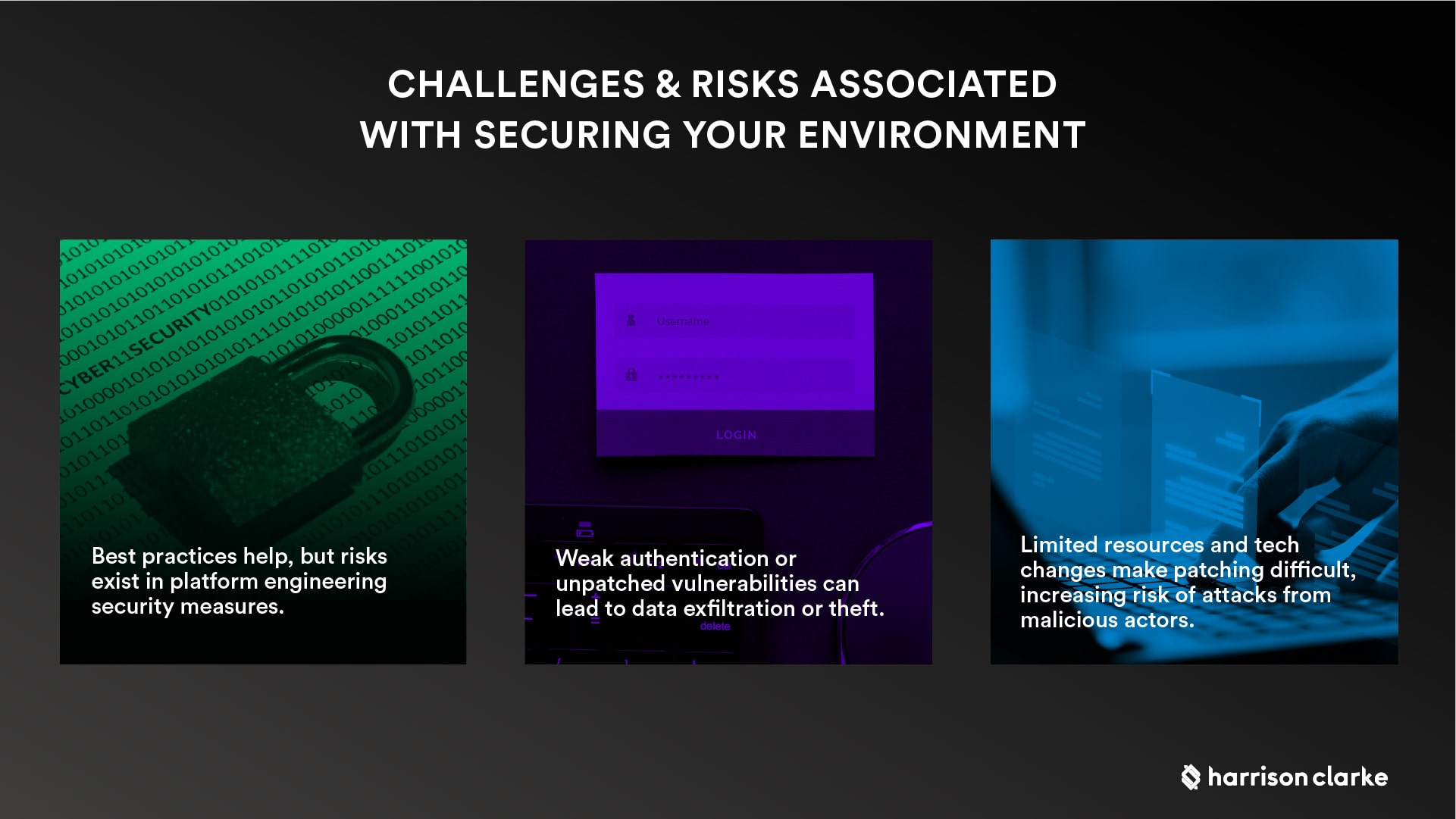Security is an essential component of any platform engineering strategy. As more companies move to the cloud, they become increasingly vulnerable to cyber attacks, data breaches, and other security threats. It’s important for platform engineers to understand the different types of security threats and vulnerabilities that exist and how best to mitigate them. This blog post will discuss the importance of security in platform engineering, different types of security threats, best practices for securing your platform engineering environment, challenges associated with securing your environment, and examples of successful implementations.
The Importance of Security in Platform Engineering

Platform engineering is a critical part of any company’s IT infrastructure. It enables organizations to scale their applications quickly and efficiently while providing a secure foundation for their operations. For these reasons, it’s important for platform engineers to be aware of the various security threats that exist and how best to mitigate them. This includes understanding the different types of attacks that can occur (e.g., denial-of-service attacks, SQL injection attacks), keeping up with patches and updates on a regular basis, using strong authentication methods (e.g., two-factor authentication), implementing encryption and tokenization, performing regular vulnerability assessments and penetration testing, and so on.
Best Practices for Securing Your Platform Engineering Environment

When it comes to securing your platform engineering environment, there are several best practices you should follow. First and foremost is using strong authentication methods such as two-factor authentication or biometrics. You should also implement encryption and tokenization technologies where applicable so that data is kept secure even if it is intercepted by malicious actors or stolen in a data breach. Additionally, you should perform regular vulnerability assessments and penetration tests so you can identify any potential weaknesses in your system before they can be exploited by attackers. Finally, you should keep up with patches and updates on a regular basis so your system is always running the most secure version available.
Challenges & Risks Associated With Securing Your Environment

While following these best practices can help protect your organization from attack, there are still some risks associated with implementing security measures in a platform engineering environment. For example, if an attacker were able to gain access to your system through an unpatched vulnerability or weak authentication method then they could potentially get access to sensitive information or take control over critical systems within your organization—a scenario known as “data exfiltration” or “data theft” respectively. Additionally, it can be difficult for organizations to keep up with patching cycles due to rapid changes in technology or limited resources which further increases the risk of attack from malicious actors looking to exploit known vulnerabilities in outdated software versions.
Examples Of Companies That Have Successfully Implemented These Best Practices In Their Platform Engineering Strategy

There are many examples of successful implementations of these best practices across industries. Healthcare organizations like Kaiser Permanente who have implemented strong authentication protocols such as two-factor authentication; financial institutions like Wells Fargo who have implemented encryption technologies such as tokenization; government agencies like NASA who have performed rigorous vulnerability assessments; retailers like Amazon who have used encryption algorithms like AES-256; media outlets like The New York Times who have taken steps to protect their online platforms from malicious actors; etc…
All these organizations serve as examples that show us how effective security measures can help protect our platforms from attack while also allowing us to innovate quickly without compromising our users’ safety or privacy.
Security is essential when it comes to protecting your organization's IT infrastructure from attack—especially when it comes to platform engineering where attackers can cause significant damage if they manage to gain access into an organization's networked systems. By understanding the different types of security threats that exist today—such as cyberattacks, data breaches, insider threats—and implementing the necessary safeguards (e.g., using strong authentication methods like two factor authentication; encrypting sensitive data; performing regular vulnerability assessments), companies can ensure that their IT infrastructure remains safe from harm while continuing to innovate quickly without sacrificing user safety or privacy along the way. There are countless examples out there which show us just how effective these measures can be when implemented properly—all we need do now is learn from them!



